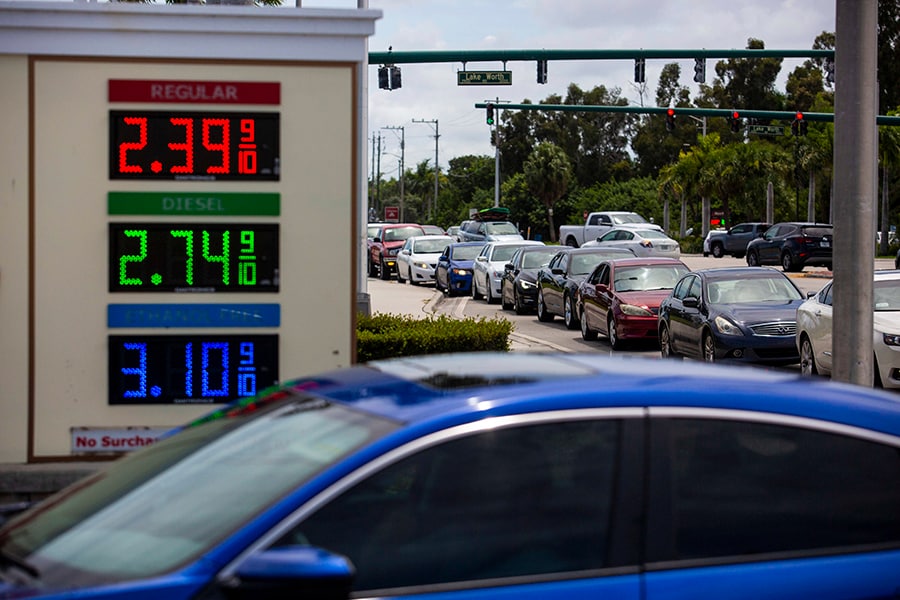
Attack on Saudi oil facility is seen as short-term disruption
One of Saudi Arabia's most prominent oil facilities was crippled by a drone attack, but experts say that a severe shock to energy markets and the world economy is unlikely
 A gas line ahead of Hurricane Dorian's passing in West Palm Beach, Fla., Aug. 30, 2019. The drone attack on one of Saudi Arabia’s most important oil facilities could cripple a portion of Saudi petroleum exports for days or even weeks and send energy prices higher. But experts say that a severe shock to energy markets and the world economy is unlikely
A gas line ahead of Hurricane Dorian's passing in West Palm Beach, Fla., Aug. 30, 2019. The drone attack on one of Saudi Arabia’s most important oil facilities could cripple a portion of Saudi petroleum exports for days or even weeks and send energy prices higher. But experts say that a severe shock to energy markets and the world economy is unlikelyImage: Saul Martinez/The New York Times
HOUSTON — The drone attack on one of Saudi Arabia’s most important oil facilities could cripple a portion of Saudi petroleum exports for days or even weeks and send energy prices substantially higher. But experts say that a severe shock to energy markets and the world economy is unlikely.
The attack on the Abqaiq processing facility and another plant, deep in Saudi territory, displayed the vulnerability of the kingdom to tensions in the Persian Gulf region. The country produces about 10% of the world’s oil supplies. The disruption could slash Saudi Arabia’s daily oil exports of 7.4 million barrels by as much as three-quarters, taking roughly 5% of global supplies off the market, unless the facility is quickly repaired.
President Donald Trump suggested Sunday that he could release supplies from the Strategic Petroleum Reserve, an attempt to calm oil markets. In response, oil futures that had jumped more than $11 a barrel when the futures market opened Monday in Asia eased a bit to just more than $7 a barrel higher.
The attack raised the possibility of further disruptions in Saudi Arabia’s oil production if there were additional attacks on its fields and pipelines.
The planned initial public offering of the kingdom’s national oil company, Saudi Aramco, could also be hurt if international investors doubt Saudi Arabia’s ability to defend its vital energy infrastructure.
But as luck would have it, the attack came as global oil stockpiles were higher than usual, several producing countries have ample spare capacity and U.S. oil facilities have so far been spared from a damaging hurricane season. Meanwhile, a slowing global economy has moderated energy demand.
©2019 New York Times News Service




